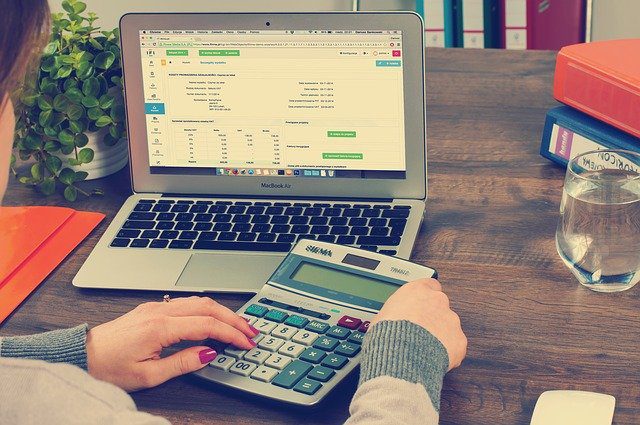What is Involved in Small Business Bookkeeping?

If you own a business, you need to know what you owe your vendors and what your customers owe you at all times. Bookkeeping is, at its most simple level, about keeping track of these two numbers.
You need files or online folders for each of these two “buckets”:
Your Accounts Payable folder will include bills, receipts, bank statements, credit card statements and proof of payments (credit card logs, bank transfers, cash receipts).
Your Accounts Receivable folder will include invoices and proof of payment.
Setting up Your System
There are many systems for keeping track of transactions. A simple one is Excel. There are also accounting software programs that automate many functions, which can greatly reduce errors.
Whatever program you use, you will need to set up at least two sheets: one for Accounts Payable and one for Accounts receivable.
Accounts Payable will need columns for:
- Date the invoice came in
- Your supplier’s name
- Their account number
- The type of expense
- Amount you owe
- Date and how much you paid
Accounts Receivable will need columns for:
- The customer’s name
- Date you invoiced
- Your invoice number
- Amount they owe
- Due date
- Past due amount
- Date payment received
Capturing the Information
You need to fill in the information on each sheet daily or weekly. The important thing is to be consistent. If you find it is difficult to keep up with your recordkeeping, you may want to look into using one of the professional bookkeeping and accounting services for small businesses in Cincinnati, such as BookWerksTM.
Regularly Reviewing Your Accounts
Checking your Accounts Payable sheet weekly, you will stay on top of which suppliers you owe. To stay in good standing with vendors, pay them a day or two before their due date.
Reviewing your Accounts Receivable will show you which customers have not yet paid. Send them a friendly email informing them your invoice is overdue.
Reconciling Bank Statements
At least monthly, check your bank statement and credit card statements against your own records. This is critical to ensure no fraud has occurred in your accounts. You will also be able to double-check your banks’ math.
Finding the Best Outsourced Accounting Services in Cincinnati
A professional accounting/bookkeeping service can automate many of bookkeeping tasks:
- set up your chart of accounts
- set up links with your bank accounts and credit cards
- provide any instructions you need in using your accounting software
They will make sure your records are kept accurately and in a way that makes paying your taxes easy.
Beyond these basics, we can provide regular reports so you always know where you stand financially, and how your income and expenses are trending. You might find, for example, that certain days of the week or times of day are most profitable, or, if you have more than one location, that certain ones are bringing in most of your income.
These insights can make or break a growing business.
If you would like to explore what professional outsourced bookkeeping can do for your business, reach out to us. We’ll be happy to provide you with a free, no-obligation consultation.